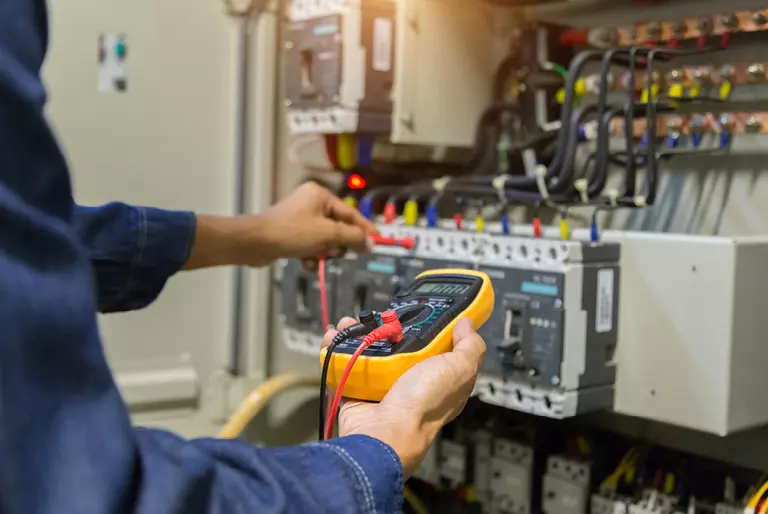How to Select the Right DIN Rail Power Supply for Your Application

Choosing the right DIN rail mount power supply is essential for ensuring stable, efficient, and reliable performance in industrial or commercial systems. The right unit not only powers your devices but also protects them from electrical issues and improves system longevity. Here’s a complete guide to help you choose the most suitable DIN rail power supply for your needs.
Determine Input and Output Requirements
The first step is to identify the input voltage available and the output voltage required by your equipment. Most industrial setups use 230V AC or 120V AC input, while the output is commonly 24V DC for PLCs, sensors, or control systems. Always confirm the required voltage and current ratings before selection to avoid compatibility issues.
Calculate Power Rating
Determine the total power consumption of all connected devices, then add a safety margin of 20–30%. This ensures the power supply operates efficiently without overloading. For example, if your system requires 80W, choose a power supply rated for at least 100W.
Consider Load Type
Different loads behave differently under power conditions. A constant load like sensors needs stable output, while dynamic loads such as motors may require a power supply that can handle inrush currents. Choosing a supply designed for your specific load type helps prevent voltage drops and equipment failure.
Check Efficiency and Energy Ratings
High-efficiency DIN rail power supplies reduce energy waste and heat generation. Look for models with efficiency above 90%, especially in applications that run continuously. Better efficiency means lower operating costs and improved system sustainability.
Evaluate Environmental Conditions
Industrial environments can expose power supplies to extreme temperatures, humidity, and vibration. Select a DIN rail power supply that matches your working conditions—preferably one with a wide operating temperature range and robust housing. Some models are rated for harsh or outdoor use, providing added durability.
Verify Protection Features
Reliable power supplies should include overvoltage, overload, short-circuit, and thermal protection. These features protect both the power supply and connected devices from electrical damage, minimizing downtime and maintenance needs.
Plan for Scalability and Redundancy
If your system is likely to expand, consider a modular DIN rail power supply that allows additional units to be added easily. For critical operations, choose models with redundancy modules—these ensure continuous power even if one unit fails.
Look for Certifications and Compliance
Make sure the power supply complies with international safety and performance standards such as CE, UL, and EN. Certified units guarantee safe operation and meet industrial-grade quality standards.
Conclusion
Selecting the right DIN rail power supply involves evaluating your system’s voltage, current, efficiency, and environmental needs. A properly chosen power supply ensures reliability, safety, and long-term performance for your industrial or automation setup. By investing time in the right selection, you can avoid future power disruptions and achieve stable operation across all connected devices.
- AI
- Vitamins
- Health
- Admin/office jobs
- News
- Art
- Causes
- Crafts
- Dance
- Drinks
- Film
- Fitness
- Food
- Spiele
- Gardening
- Health
- Startseite
- Literature
- Music
- Networking
- Andere
- Party
- Religion
- Shopping
- Sports
- Theater
- Wellness


